
In 1983, JoBeth Williams appeared in the ensemble of Lawrence Kasdan’s The Big Chill, thus immortalizing herself as an avatar for white baby boomery. As emotionally dissatisfied, professionally stunted Karen, the effortless Williams brings a breeze to Chill that helps offset Kasdan’s at-times strenuous attempts at defining the transition from liberal ’60s rebellion to calcified ’80s bourgeoisie. Yet just one year earlier, Williams appeared in a scene that more handily and humorously encapsulated the ’60s hangover identity crisis, communicating it all in one simple tracking shot. Early in Poltergeist, Williams’s suburban mom Diane Freeling is shown sitting up in bed, smoking a joint, musing on her 5-year-old daughter Carol Anne’s possibly genetic propensity for sleepwalking; meanwhile in the foreground, her husband, everydad Steven (Craig T. Nelson), lies on his stomach reading Reagan: The Man, The President, the title of the book shoved into the camera lens as an unmissable punch line. With their three kids tucked into bed, Diane and Steve, obvious from their incessant giggling, are high as kites, leaving it teasingly unclear whether Steve is reading the biography as a private joke or not. Nevertheless, as the camera slowly tracks left at the foot of the bed, the intrinsic divide in their characters is instantly communicated: these are former pot-smoking California hippies, now a real-estate agent and homemaker, firmly ensconced in suburbia.
It’s a suburbia that will threaten to quite literally swallow them whole. Poltergeist, directed by Tobe Hooper and produced and written by Steven Spielberg, is likely remembered first and foremost as the quintessential 1980s haunted-house movie, the tale of a modern middle-class family swept up in supernatural horror that represents a meeting of two unlikely filmmaking sensibilities, both of them emotionally merciless in their own ways. It’s less acknowledged for creating such finely etched characters before letting them loose in a strobe-addled fun house. Most memorable among these is Diane, who, as played by Williams, is an eccentric free spirit trapped in the body of a normie American mom. Early in the film, when the family has begun to see signs of alarming and inexplicable irregularities—bedroom-shaking night tremors, furniture that appears to move around by itself—Diane’s initial response is not fear but a kind of exhilaration. She all but welcomes what she calls “another side of nature” and even willingly uses Carol Anne (Heather O’Rourke) as a ghost-world guinea pig, letting an unseen force carry her across the kitchen floor as though she were just another chair or drinking glass. When Steven reacts with growing horror, she scoffs, impressing upon him the need to “remember back into our past when you used to have an open mind.”
Diane will have a change of heart, of course, once Carol Anne is spirited away to another dimension, kidnapped by vengeful ghosts and stuck somewhere inside the house, her voice, crying out for her mother, lost and terrified, as though from the bottom of an invisible well. Diane’s determination to rescue her daughter forms the emotional crux of Poltergeist. Despite the sensitivity and warmth of Williams’s performance and the fierce, single-minded determination of Diane’s character, Poltergeist is rarely remembered in such human terms, thought of perhaps first for its state-of-the-art Industrial Light & Magic special effects, its expert jump scares, and gallery of monsters and skeletons, created practically. Yet in American cinema’s last great era of female-driven studio productions, and in a decade when movies specifically and profoundly interrogating aspects and challenges of motherhood still captured the attention of audiences and the consideration of studio executives (Terms of Endearment, The Color Purple, Country, ’night Mother, Baby Boom, and Steel Magnolias, to name just a few), Diane Freeling’s mission should be remembered as one of the era’s most potent depictions of a mother’s desperate, all-encompassing love for her child.
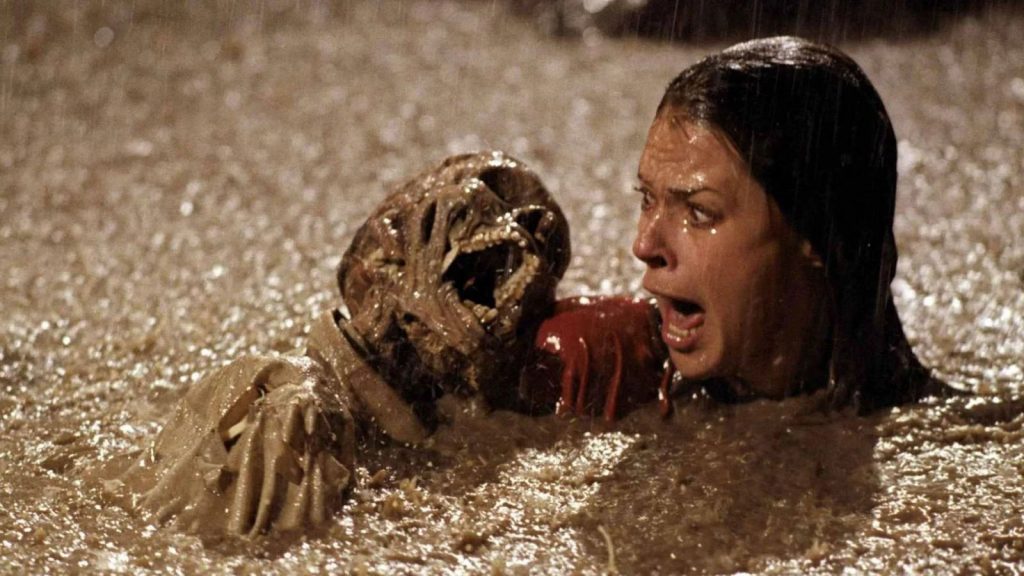
The growing number of great performances in horror movies that go unrecognized by major awards bodies more interested in prestige drama or biopic imitation is an unavoidable reality by now—what other reason is there for Oscar’s willful disregard for such full-throttle, harrowing, emotional and physical workouts as Dee Wallace in Cujo, Essie Davis in The Babadook, Toni Collette in Hereditary, and Lupita Nyong’o in Us? The genre has for decades been considered insignificant and B-grade, tainting the work of the actors therein as somehow in the service of the ignoble. Williams gives herself over to the world of Poltergeist with a complete immersive force, a flesh-and-blood woman who has to deny gravity itself to reclaim what’s rightfully hers. She crawls on ceilings in rotating rooms, hurls her body through hallways made to seem endless through in-camera trickery, and at one point falls into a freshly dug pool that’s become a repository for freshly undug corpses. Yet nothing seems more physically demanding, or more wrenched from her gut, than the feeling of helplessness she communicates again and again when she cannot save her agonized child (“You bastards, she’s just a baby!”), imploring the various, often at-a-loss spiritual advisors and paranormal investigators they have summoned to the house to do something.
It was this kind of purity, this direct address, that must have helped make Poltergeist the central film of my childhood. There were plenty of horror movies in the 1980s, the first full decade of my life, and plenty of films that boasted the kind of special-effects wonders that would appeal to a child, but none of them offered the human dimension and unabashed emotional involvement of Hooper and Spielberg’s film. Released in the summer of 1982, just one week before Spielberg’s own E.T. the Extra-Terrestrial would capture the public’s imagination with cosmic force, Poltergeist was a definite hit but not a blockbuster, and would be considered the leaner, meaner cousin to that other tale of suburban magic. For us Poltergeist obsessives, it offered a similar catharsis yet looked inward rather than up at the stars.
The visitors here weren’t coming from outer space, but from literally inside your house—your bedroom, your closet, under your bed. And they weren’t friendly; they were tied to our childhood fears, which made them somehow more relatable. The gnarled branches of the awful tree outside your window were indeed grasping for you; the terrifying stuffed clown doll that mocked you with its teeth-baring smile did actually want to attack and squeeze the life out of you. Poltergeist was scary because any child could put themselves right at the center of it, and the basic elements didn’t have to change much, requiring no leap of imagination to bring them to life. For me, it primed the pump for a love for horror movies, while also allowing me to see my own home as the locus for possible otherworldly invasion. This was such an exhilarating thought that I had to revisit the film over and over; it was one of the first VHS tapes I ever owned (a Hanukkah gift received at the awfully young age of 8), and I wore the thing out from incessant viewing and rewinding. Thanks to its impossible and ill-advised PG rating (these were the years before PG-13), it was the centerpiece of my every birthday, every sleepover, a way to terrorize friends while scratching my own itch. In fact, there’s likely no film I have seen more times.
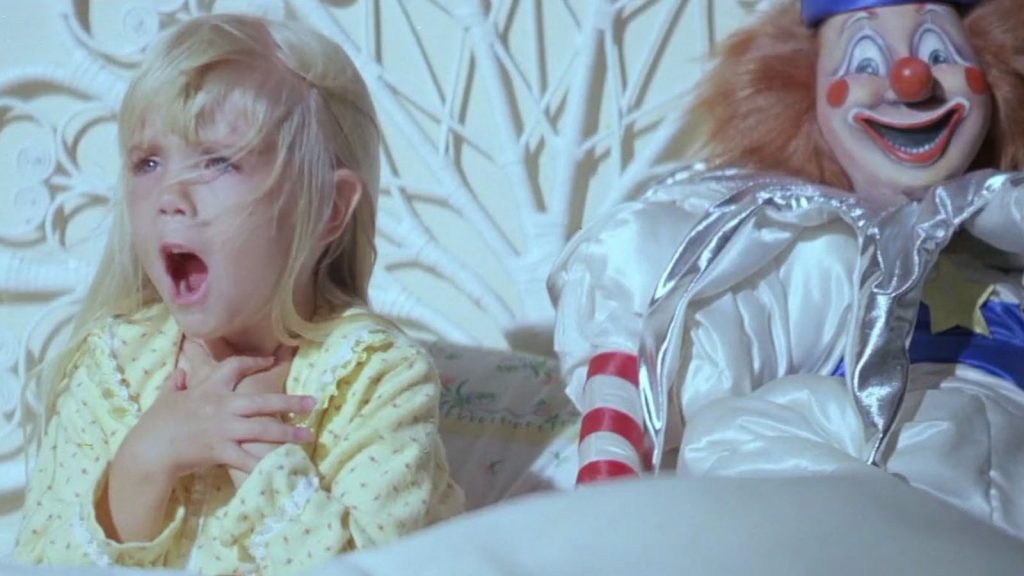
It’s always difficult to pinpoint the precise reasons why certain films—or certain works of art, songs, books—capture our imaginations so much more dramatically and acutely than others. In my new book Films of Endearment, I investigate the origins of my own taste by reckoning with the fact that my cinematic love affair was in essence begun by my mother, and that she showed me, almost without exception, movies that were fronted by strong, determined women. Poltergeist was among these, even if I don’t use it as one of my primary texts in the book. Maybe I feel too close to it. It was a movie that she had already seen, during a night out with my dad and another adult couple, so she knew of its intense gotcha moments, its frightening monsters, even its gory interludes, such as the very not-PG shot of a man imagining that he’s ripping the flesh off of his own face in repulsive, fleshy chunks. Nevertheless, she showed it to me and my older brother when we were quite young, and I now realize, after years of taking this seminal moment for granted, that she could not have simply done this because it would terrorize and delight us with its ghosts and goblins. Rather, this was a movie about a mother’s love for her young children. This wasn’t incidental, this wasn’t a side note; it was the primary thread holding the movie together, unmissable.
Whether it’s Ripley in the Alien films, or any of the other various “final girls” in slasher films, we tend to talk about women in horror as survivors. Diane Freeling is also a hero and a protector, a character any kid can understand on a basic, primal level. Steven is pretty much down for the count, not only absent during some of the most harrowing moments and ineffective in his gruff methods but also quite directly told that he’s inconsequential simply because he’s just a father. The rescue is hers, and the metaphorical imagery of the mission is unmistakable: with an umbilical-like rope tied around her, Diane must breach the inter-dimensional portal in Carol Anne’s bedroom closet—the “heart of the house”—and retrieve her daughter. Upon reentering, mother and daughter are all but conjoined in an embrace, covered in ectoplasmic fluid, a rebirth into the world of the living. Only someone with an open mind and heart could have pulled it off, an individual also willing to give everything of herself as a mother, a free spirit still adjusting to the often-scary demands of suburbia. 🩸
This piece was originally published in Metrograph’s Journal in June 2021, when a broader variation of this column was being tested out.
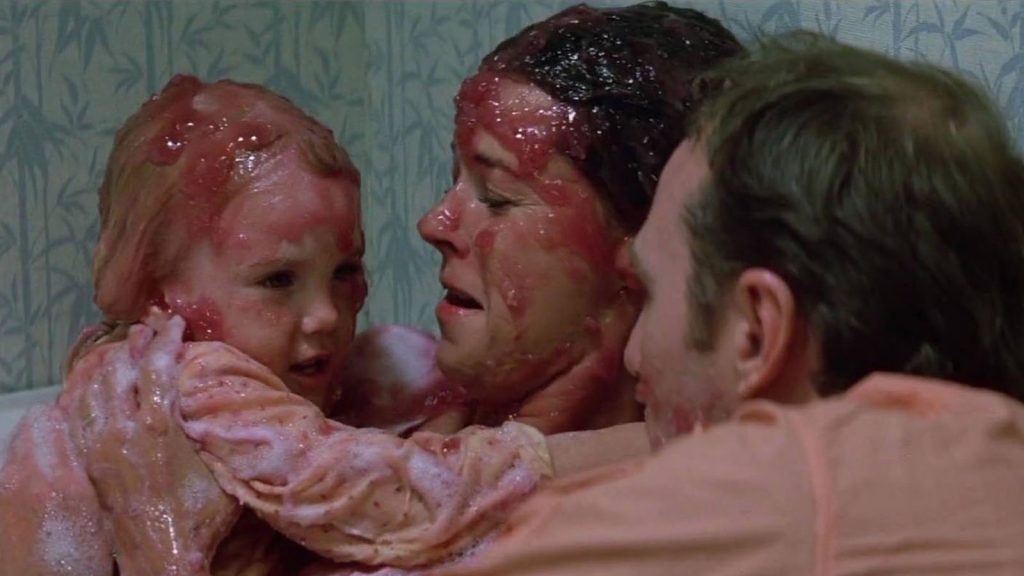
is Editorial Director at Museum of the Moving Image; cofounder and editor of the online film magazine Reverse Shot, a publication of MoMI; a longtime contributor to The Criterion Collection, where he programs the Criterion Channel series “Queersighted”; and the author of Films of Endearment (Hanover Square Press, 2021).
A woman’s experience of empty-nest syndrome manifests as a supernatural return of the repressed in Robert Zemeckis’s cathartic ghost story, an exercise in classical Hitchcockian...
BY MICHAEL KORESKY | January 24, 2024
One of the most beloved horror movies of the 1940s that didn’t have the name Val Lewton attached to it, Paramount’s The Uninvited is a classy, atmospheric chiller...
BY MICHAEL KORESKY | October 31, 2021
One of the earliest memories I have is of my father pointing to an abandoned rowboat in Dublin’s River Tolka...
BY GLENN McQUAID | October 31, 2021

This pre-Code offering packs a lot of story into its typically brisk running time, with several plot threads weaving together a (not always successful) tapestry of spooky and criminal doings.
READ MORE >
BY ANN OLSSON | Month 00, 2021
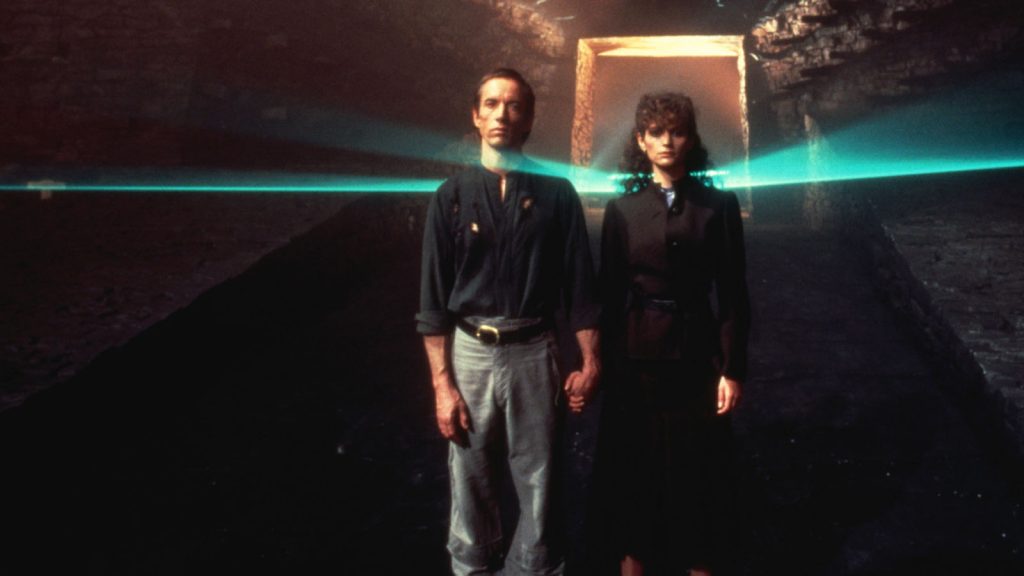
In what could be the fastest-resulting rape revenge movie, a drunken lout brutally forces himself on Ida, the young woman who doesn't return his affections, during a party over Labor Day.
READ MORE >
BY LAURA KERN | Month 00, 2021
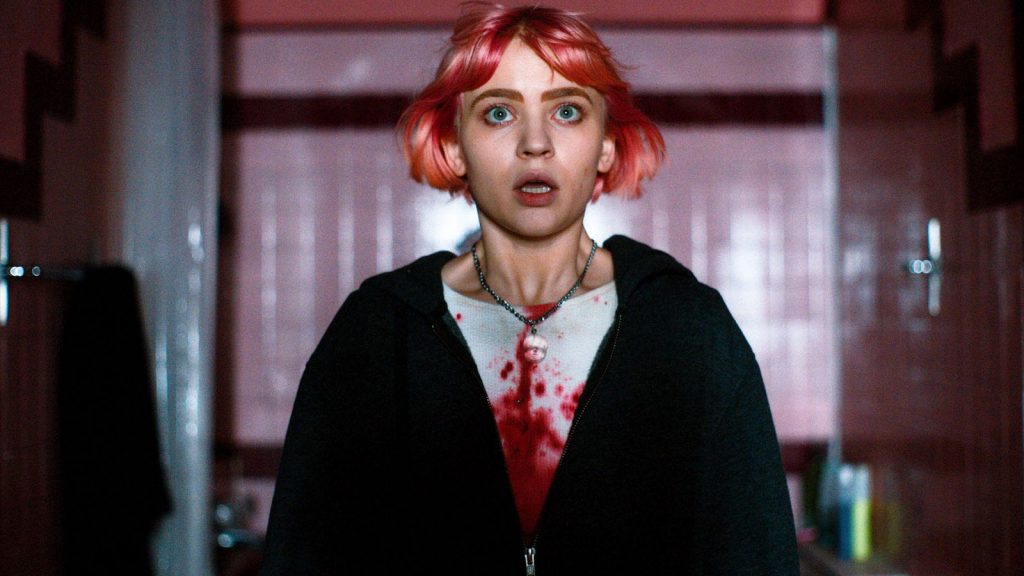
Beast is a lot of movies in one package - fractured fairy tale, belated-coming-of-age story, psychological drama, regional horror film - but above all it's a calling card for its leading lady, Jessie Buckley.
READ MORE >
BY LAURA KERN | Month 00, 2021